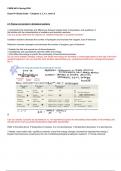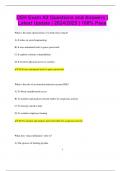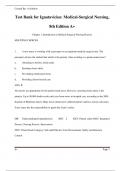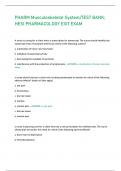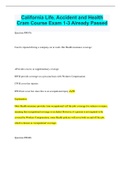Exam (elaborations)
CHEM 441A Spring 2024 Exam #1 Study Guide – Chapters 2, 3, 4.1, and 4.2
- Course
- Institution
CHEM 441A Spring 2024 Exam #1 Study Guide – Chapters 2, 3, 4.1, and 4.2/CHEM 441A Spring 2024 Exam #1 Study Guide – Chapters 2, 3, 4.1, and 4.2/CHEM 441A Spring 2024 Exam #1 Study Guide – Chapters 2, 3, 4.1, and 4.2/CHEM 441A Spring 2024 Exam #1 Study Guide – Chapters 2, 3, 4.1, and 4.2
[Show more]
